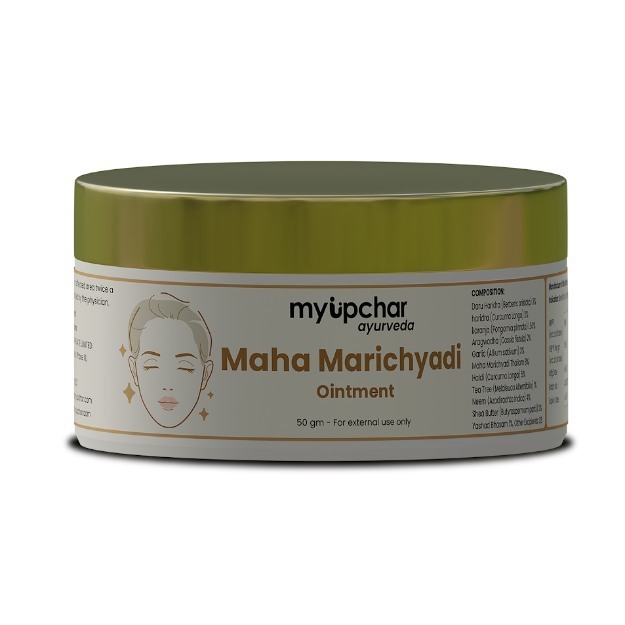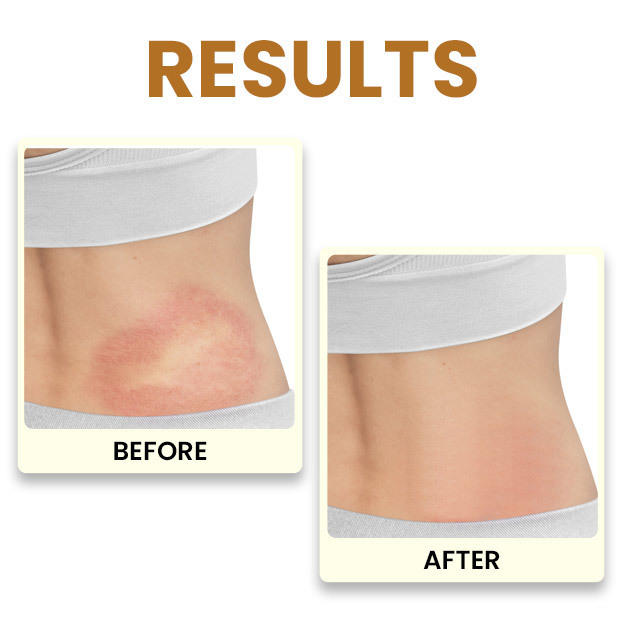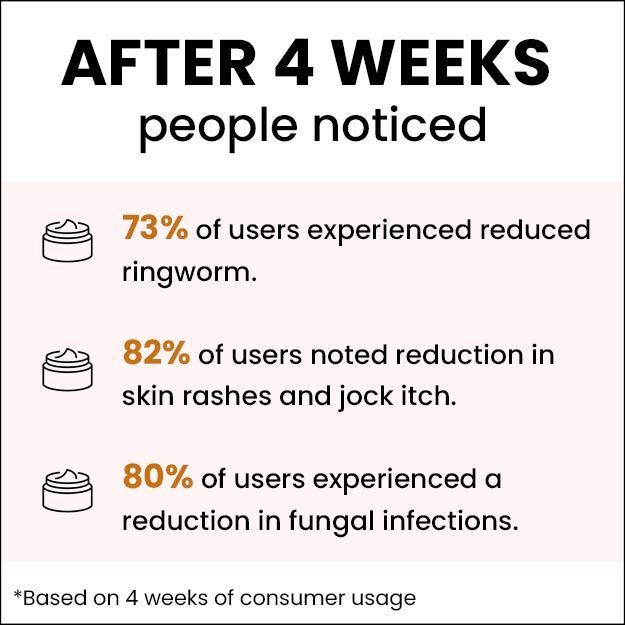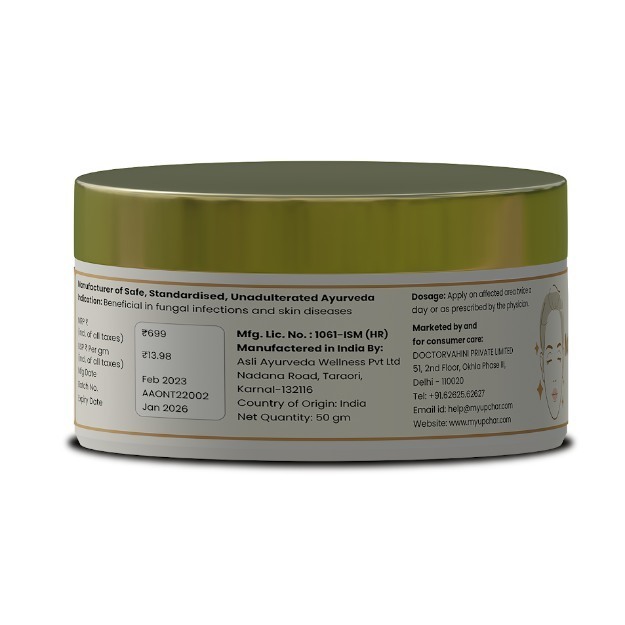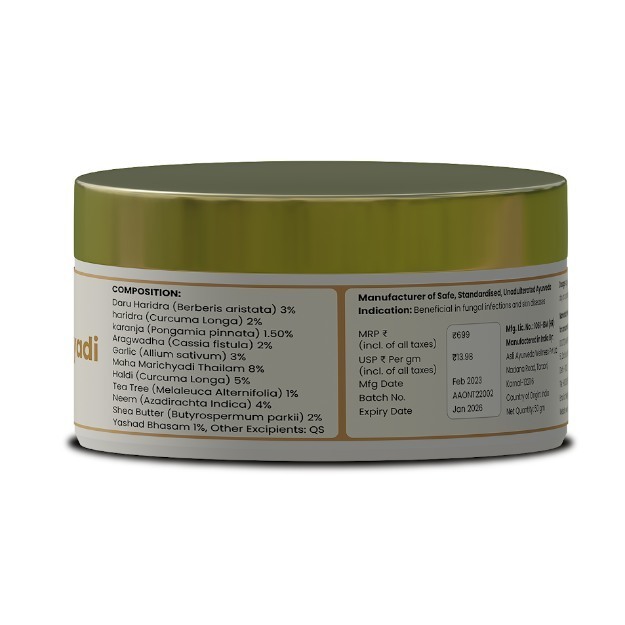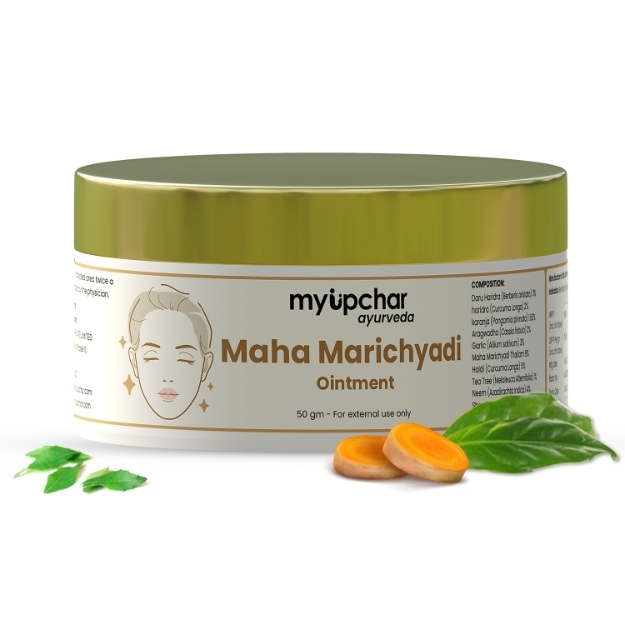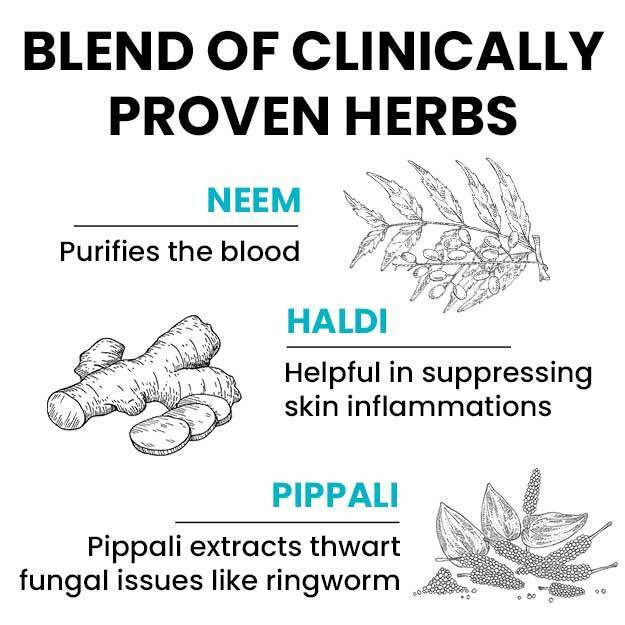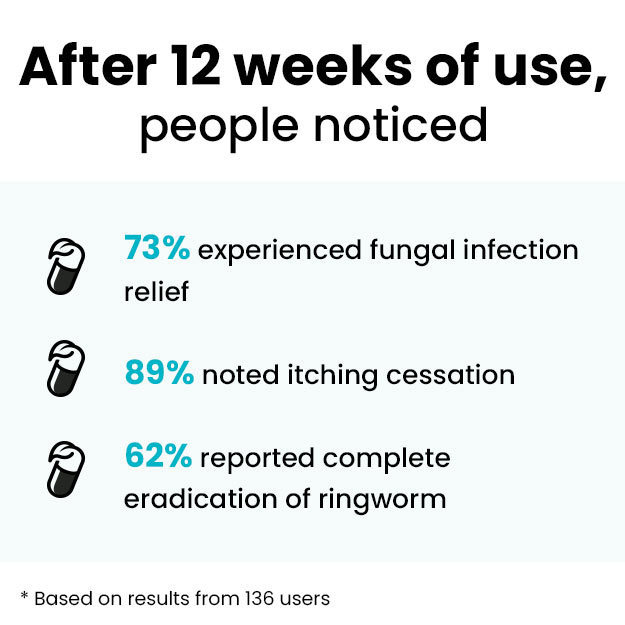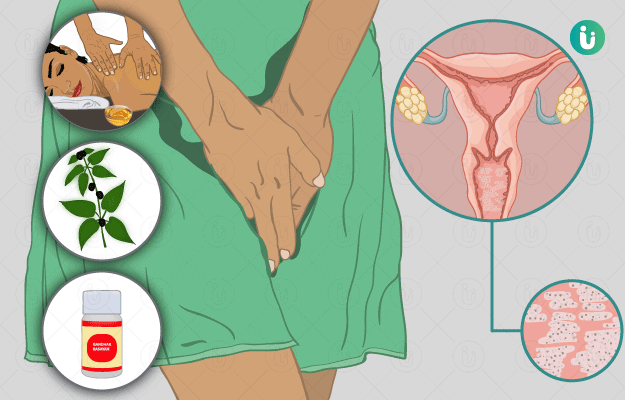Vaginal yeast infection, also known as candidiasis, is one of the most common problems among women. Three out of four women experience this infection at least once in their lifetime. The infection occurs due to overgrowth of a fungus named Candida albicans that is normally present in small numbers in the natural flora of the vagina.
Pregnant women and women who have a weak immune system, are taking birth control pills or antibiotics are at high risk of developing a vaginal yeast infection.
Common symptoms of a vaginal yeast infection include painful urination, pain while having sex, swelling and redness of the vulva, a burning and itching sensation in vagina and labia (the inner and outer folds of the vagina) and white-coloured, watery discharge that look like cottage cheese. Topical applications like ointments, creams, vaginal suppositories or tablets and oral tablets are conventionally recommended for the treatment of vaginal yeast infections.
Homoeopathic remedies for vaginal yeast infections are kreosotum, cantharis vesicatoria, berberis vulgaris, sepia officinalis, belladonna, aconitum napellus, calcarea carbonica, sulphur and kalium muriaticum. They help reduce vaginal discharges along with the itching, pain and burning sensation in the vagina. When taken under the guidance of a qualified doctor, these remedies not only inhibit the growth of the fungus but also help improve the body’s vitality and immunity to fight infections, so they don't recur.
Additionally, homeopathic doctors recommend remedies on the basis of the totality of emotional, physical and mental symptoms of an individual. The intensity of the itching sensation, the colour and odour of vaginal discharges and general traits of the body are considered while selecting the right remedy. As a result, every individual gets a unique remedy that might not suit all.





